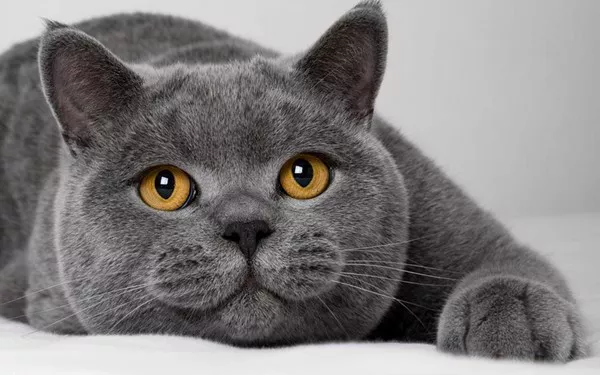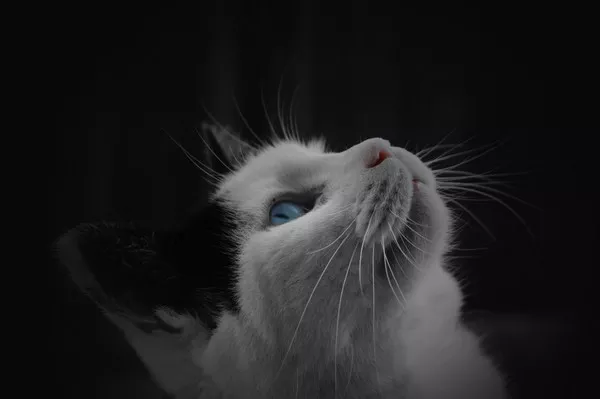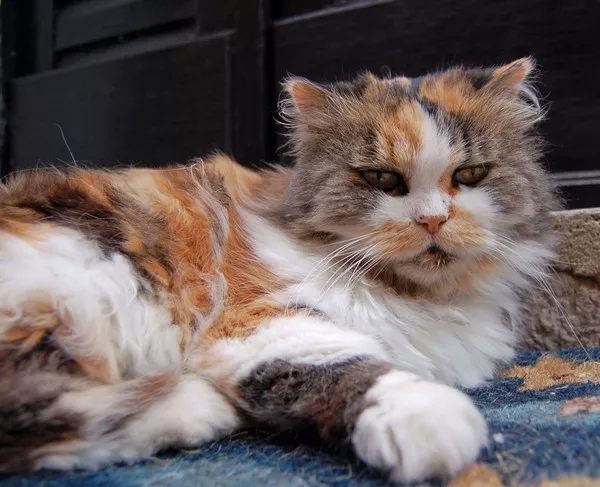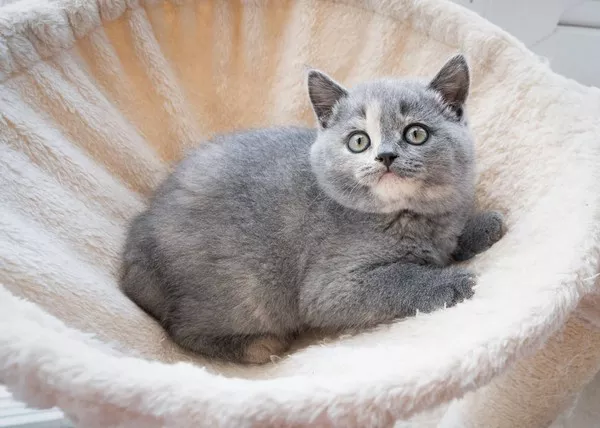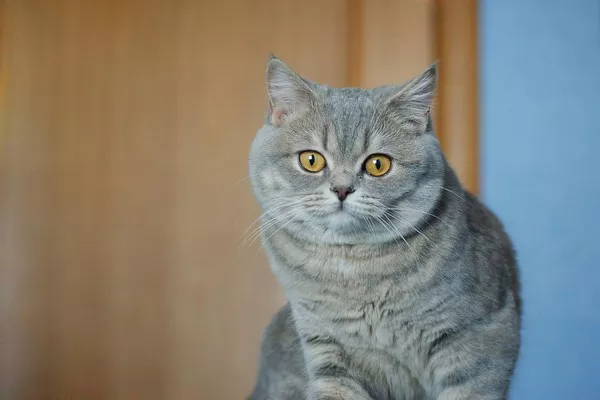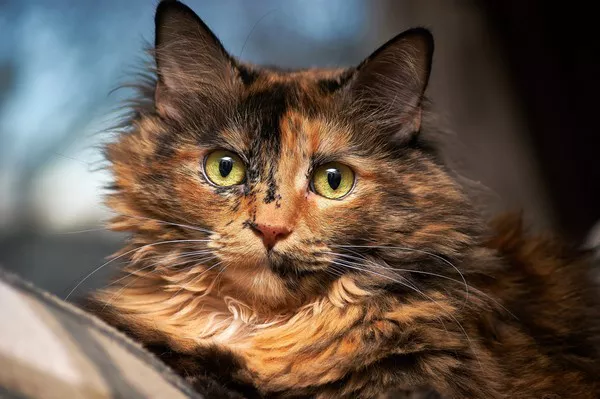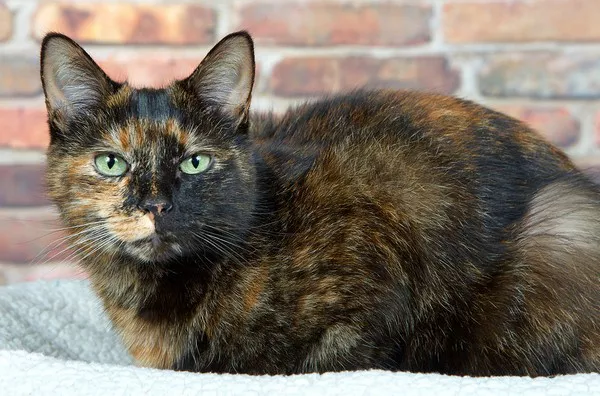If you are interested in breeding British Shorthair cats, there are several things you need to know. This breed of cat is known for its thick fur, sturdy build, and affectionate personality. However, breeding British Shorthairs is not as simple as pairing two cats together and waiting for kittens to arrive. In this article, we will provide a comprehensive guide to breeding British Shorthair cats, including information on breeding requirements, genetics, health, and socialization.
Breeding Requirements
Before breeding British Shorthairs, it is important to ensure that both the male and female cats are healthy and have no genetic abnormalities. Ideally, both cats should be registered with a recognized cat registry, such as The International Cat Association (TICA) or the Cat Fanciers’ Association (CFA). These registries can provide valuable information on the breed standard, genetic testing, and recommended breeding practices.
When selecting cats for breeding, it is important to consider their temperament, health history, and physical characteristics. Ideally, both cats should come from lines with a good reputation for producing healthy, well-adjusted kittens. It is also important to ensure that the cats are not closely related to each other, as inbreeding can lead to genetic defects and health problems.
Genetics
British Shorthair cats come in a variety of colors and patterns, including solid colors, tabbies, bi-colors, and tri-colors. When breeding British Shorthairs, it is important to understand the genetics behind these colors and patterns. For example, a solid blue British Shorthair may carry genes for other colors, such as cream or red. If bred with another cat that carries those genes, the resulting kittens may have unexpected colors or patterns.
To avoid unwanted surprises, many breeders choose to perform genetic testing on their cats before breeding. This can help identify any potential health or genetic issues that may affect the kittens. Additionally, some breeders choose to use DNA testing to confirm the parentage of their kittens.
Health
Breeding British Shorthairs requires a commitment to maintaining the health and well-being of the cats involved. Before breeding, both male and female cats should undergo a thorough health check by a veterinarian. This should include testing for common health issues such as hip dysplasia, heart disease, and kidney disease.
In addition to regular veterinary care, it is important to provide the cats with a healthy diet, clean living environment, and plenty of exercise and mental stimulation. This can help prevent health issues and ensure that the cats are in optimal condition for breeding.
Socialization
Socialization is an important part of raising healthy, well-adjusted kittens. From a young age, kittens should be exposed to a variety of people, animals, and environments. This can help them develop into confident, friendly cats that are comfortable in a variety of settings.
When breeding British Shorthairs, it is important to socialize the kittens with other cats and people. This can help prevent behavior problems and ensure that the kittens are well-adjusted and friendly. Many breeders choose to keep their kittens with their mother until they are at least 12 weeks old, as this can help them develop important socialization skills.
Conclusion
Breeding British Shorthair cats can be a rewarding experience for those who are committed to maintaining the health and well-being of the cats involved. By selecting healthy, well-adjusted cats, performing genetic testing, providing proper veterinary care, and ensuring that the kittens are well-socialized, breeders can produce happy, healthy kittens that make wonderful pets. While there are many factors to consider when breeding British Shorthairs, with the right knowledge and commitment, it is possible to create a thriving breeding program that produces top-quality cats.

